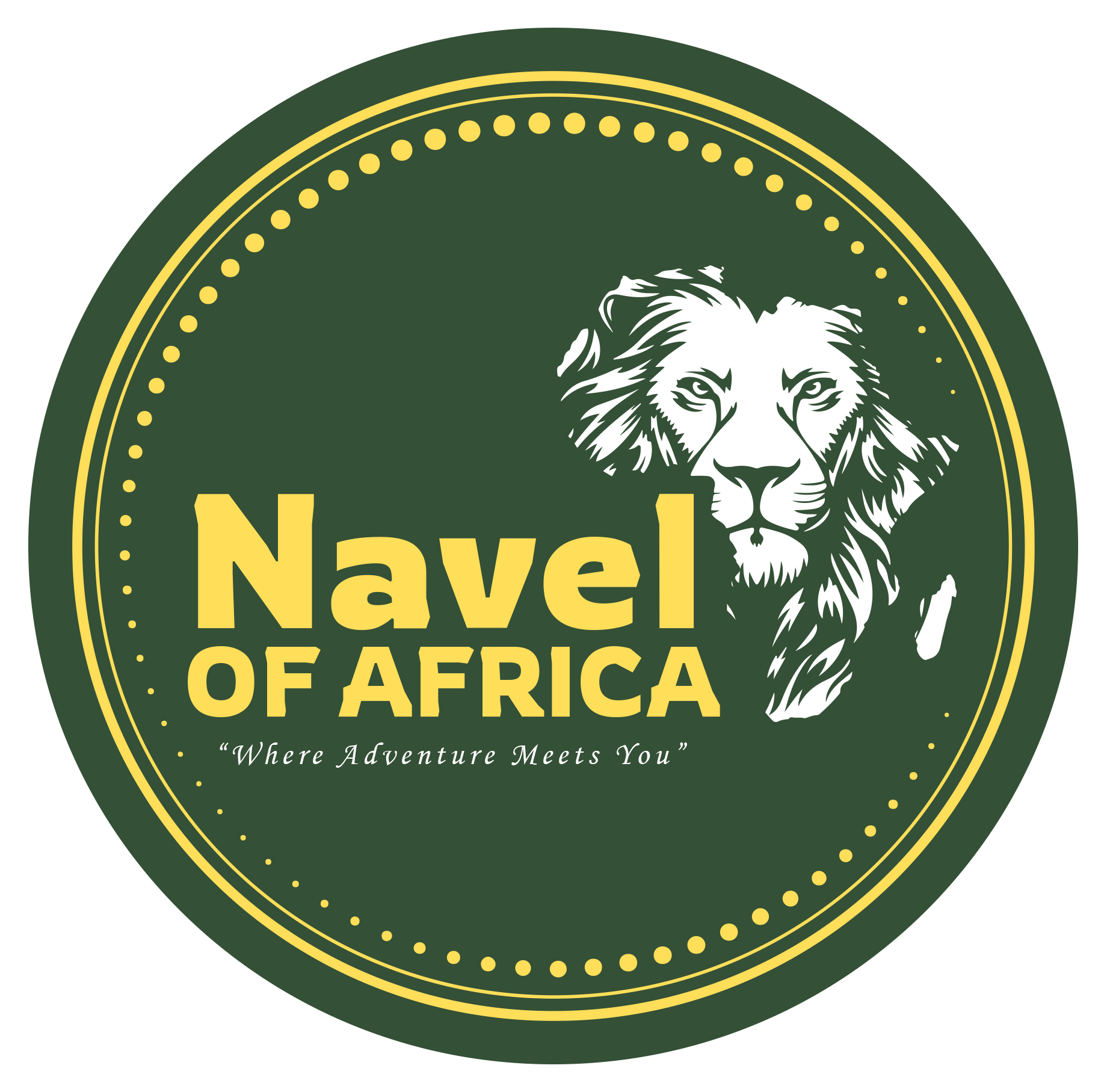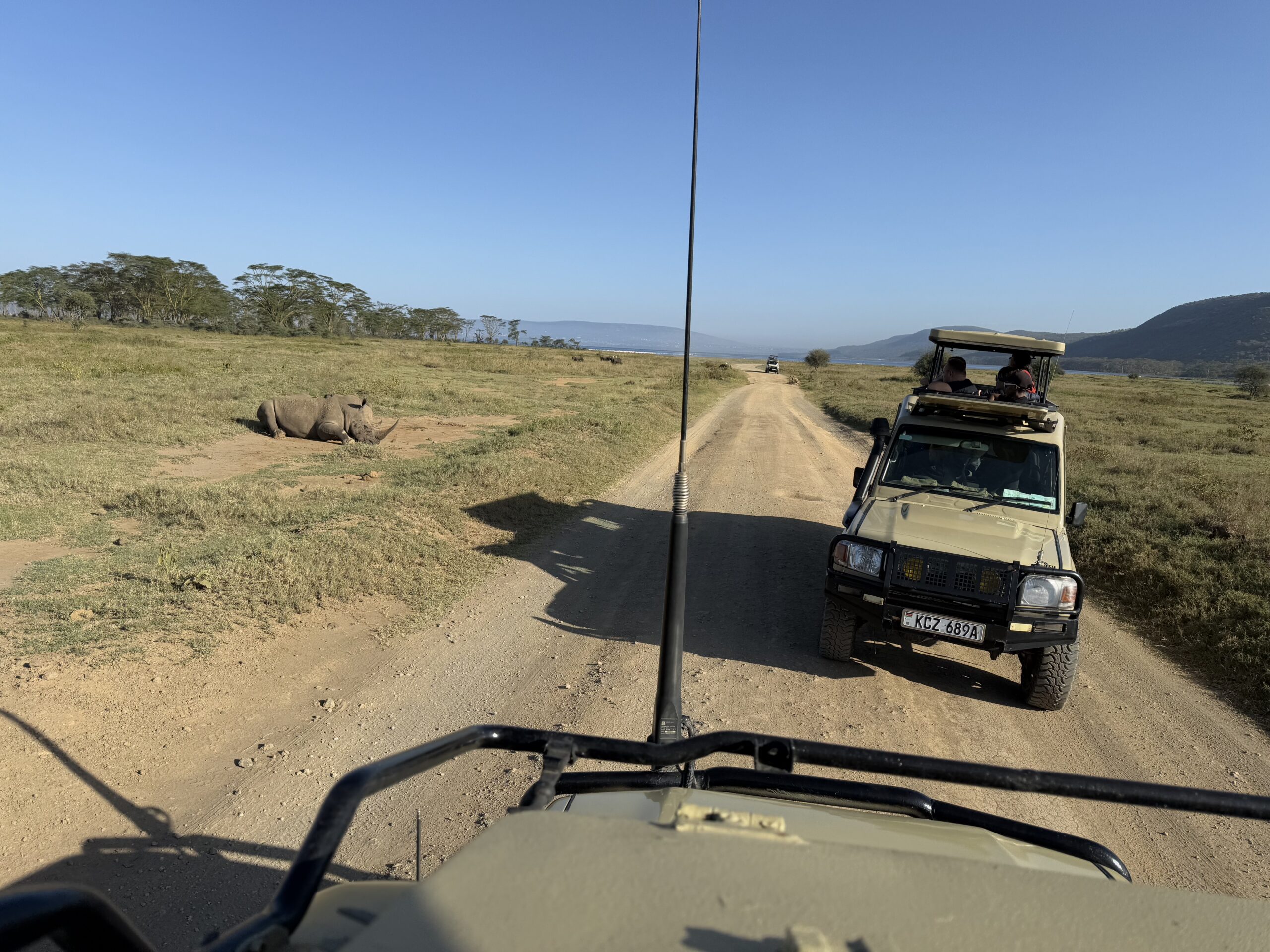
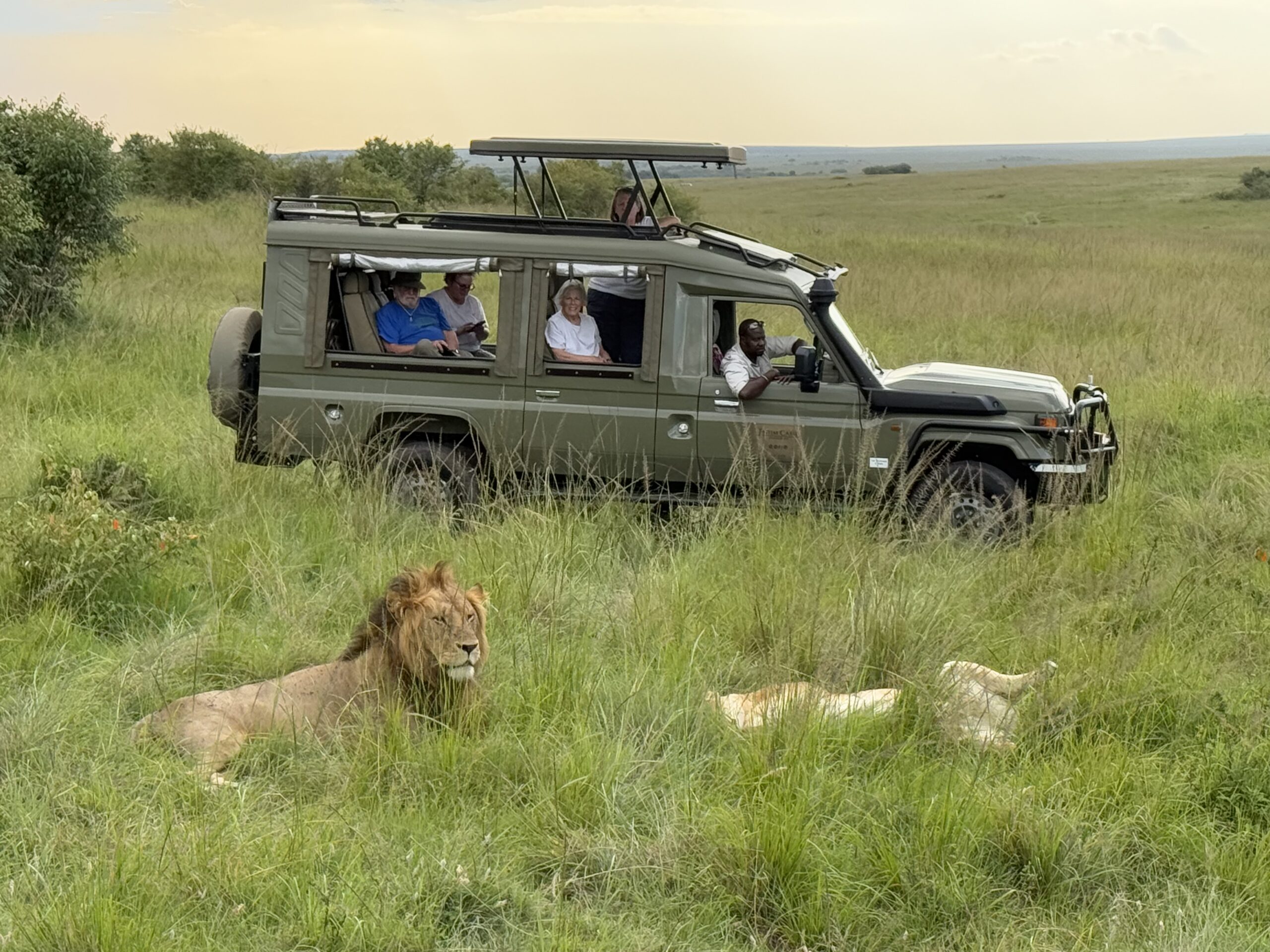
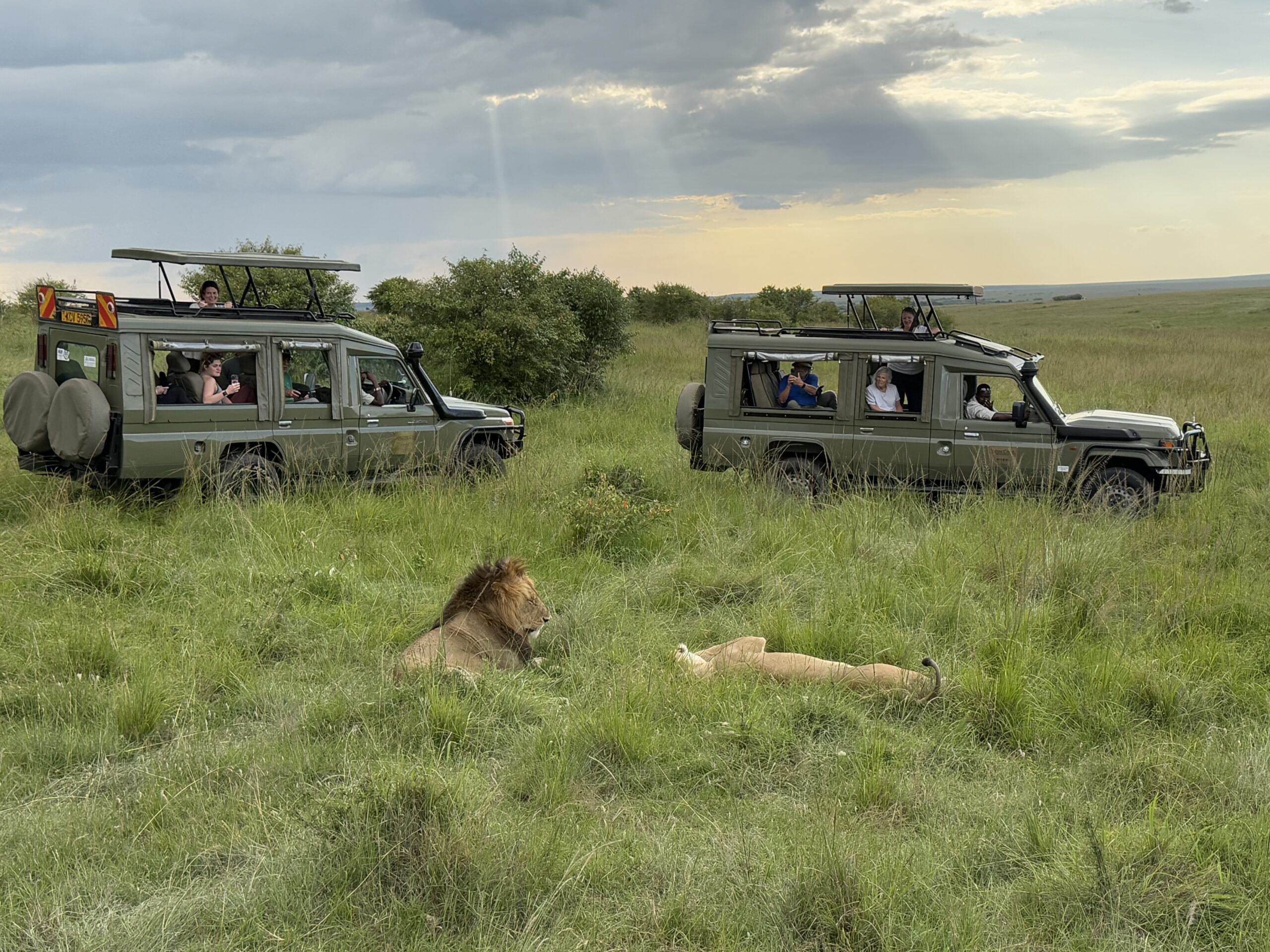

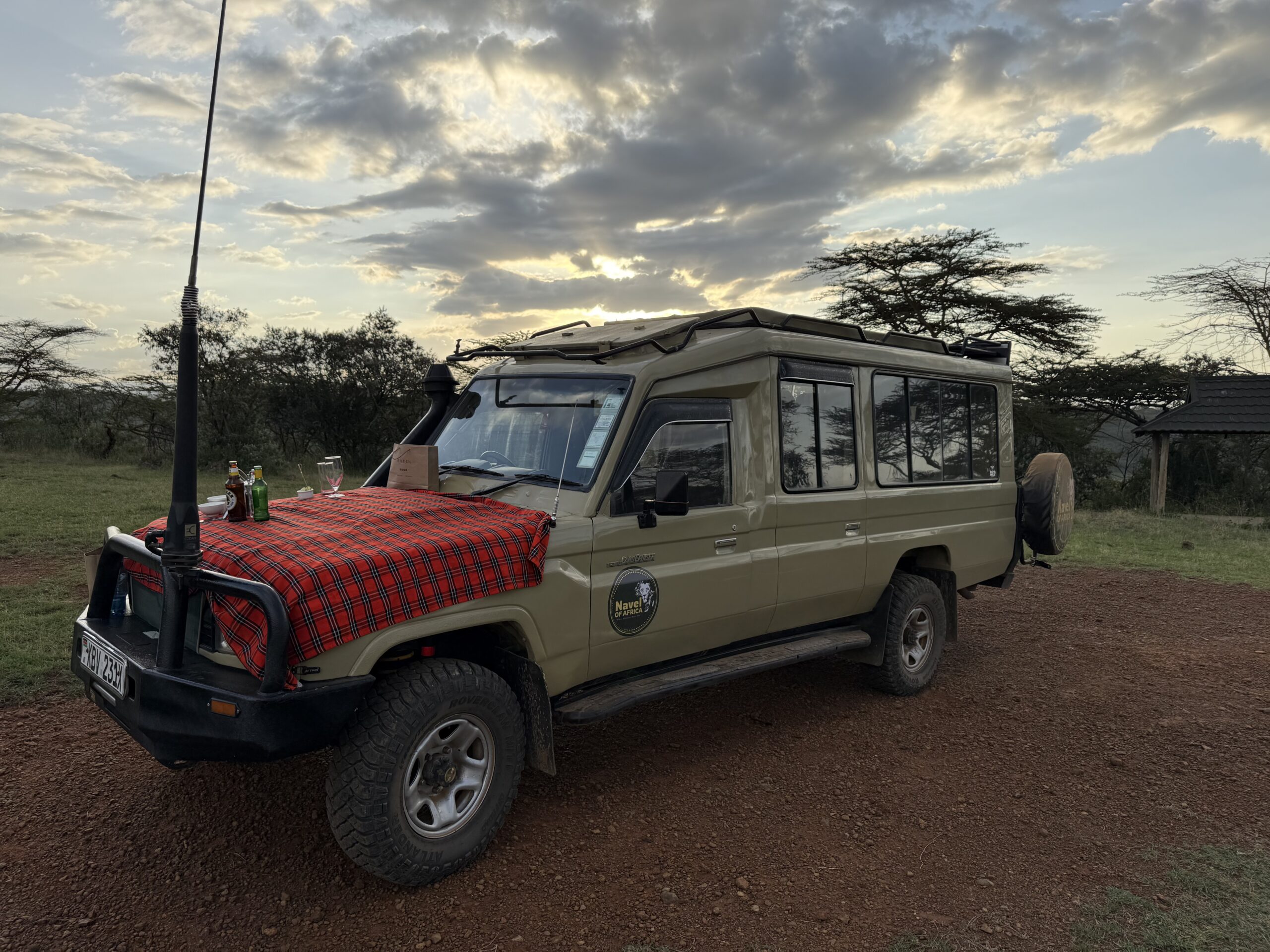
Which Route is Right for You?
When planning a Tanzania safari, one of your first decisions is choosing between the Northern Circuit and Southern Tanzania. As a local guide who has led safaris throughout both regions, I can tell you they offer dramatically different experiences – and the “best” choice depends entirely on your priorities.This comprehensive guide breaks down the real differences between these two safari routes, helping you make an informed decision based on accessibility, wildlife, crowds, costs, and the overall experience you’re seeking.
Quick Overview: Northern vs Southern Tanzania
Northern Circuit:
- Parks: Serengeti, Ngorongoro Crater, Tarangire, Lake Manyara, Arusha
- Accessibility: Excellent paved roads, short distances between parks
- Wildlife: Great Migration, Big Five, highest animal densities
- Infrastructure: Extensive lodge/camp options, all price ranges
- Crowds: More tourists, especially peak season
- Best for: First-time safari travelers, families, shorter trips
Southern Tanzania:
- Parks: Ruaha, Selous (Nyerere), Mikumi, Udzungwa Mountains
- Accessibility: Remote, requires flying or long drives
- Wildlife: Wild dogs, massive elephant herds, fewer tourists
- Infrastructure: Limited but high-quality camps
- Crowds: Genuinely remote wilderness feeling
- Best for: Repeat visitors, adventure seekers, longer expeditions
The Northern Circuit: Tanzania’s Classic Safari Route
The Northern Circuit is Tanzania’s most famous safari route for good reason. This is where the Great Migration happens, where wildlife densities are extraordinary, and where infrastructure makes safaris accessible to all budgets.
Northern Circuit National Parks
Serengeti National Park Tanzania’s most iconic park and a UNESCO World Heritage Site. The Serengeti covers 15,000 square kilometers of endless plains, riverine forests, and kopjes (rocky outcrops).Wildlife highlights include the Great Migration (1.5 million wildebeest, 200,000 zebra), large lion prides (3,000+ lions park-wide), cheetah families hunting on open plains, leopards in riverine areas, and massive elephant herds.The Serengeti alone justifies visiting the Northern Circuit. I’ve guided here for years and still discover new wildlife spectacles regularly.
Ngorongoro Crater The world’s largest intact volcanic caldera – a natural amphitheater 600 meters deep and 260 square kilometers. Approximately 25,000 large mammals live permanently on the crater floor.This is Tanzania’s best location for black rhino sightings, guaranteed Big Five viewing in a single day, and extraordinary wildlife density in a unique geological setting.The crater offers the most reliable wildlife viewing in Africa. In a single game drive, you’ll typically see lions, elephants, buffalo, rhinos, hippos, and countless antelope species.
Tarangire National Park Famous for massive elephant herds (up to 3,000 elephants during dry season), ancient baobab trees, and over 550 bird species. The Tarangire River attracts concentrated wildlife during dry months (June-October).
Tarangire is underrated. Many travelers allocate just one day here, but it deserves 2-3 nights. The elephant viewing rivals anywhere in Africa.
Lake Manyara National Park Compact park (330 square kilometers) known for tree-climbing lions, vast flamingo flocks on the alkaline lake, and diverse habitats from groundwater forest to acacia woodland.Manyara works perfectly as a first or last park in multi-park itineraries due to its proximity to Arusha.
Northern Circuit Advantages
Accessibility : Kilimanjaro International Airport receives direct flights from Europe, Middle East, and connecting flights from worldwide. The drive from airport to Arusha takes 45 minutes, and all Northern Circuit parks are reachable by road.
Paved roads connect major routes. Even budget travelers can access these parks affordably.
Accommodation Variety The Northern Circuit offers every accommodation level imaginable – from $30/night budget campsites to $2,000/night ultra-luxury lodges. This range makes Tanzania accessible to all budgets.Mid-range lodges provide excellent value with comfort and location. Luxury properties rival anywhere globally for service and setting.
Wildlife Density The Northern Circuit hosts Tanzania’s highest wildlife concentrations. The Great Migration alone involves millions of animals. Resident wildlife populations are equally impressive.
Infrastructure & Services Well-developed tourism infrastructure means reliable vehicles, experienced guides, good communication networks, and established safety protocols. This matters especially for first-time Africa visitors.
Shorter Itineraries Possible You can experience multiple ecosystems and see extensive wildlife in just 5-7 days. A classic Northern Circuit safari visits Tarangire (1 night), Serengeti (2 nights), and Ngorongoro (1 night) in six days total.
Northern Circuit Disadvantages
Tourist Crowds : Peak season (June-October, December-February) brings significant tourist numbers. At popular sightings, multiple vehicles gather. River crossings during migration can attract 20+ vehicles.The crowds don’t ruin the experience – wildlife viewing remains spectacular – but they reduce the wilderness solitude some travelers seek.
Predictability The Northern Circuit is well-trodden. While wildlife encounters are never predictable, the route itself follows established patterns. For some travelers, this reduces the sense of adventure.
Higher Costs Demand drives prices up. Park fees are higher (Serengeti: $70/adult/day, Ngorongoro: $70/adult), and accommodation during peak season books up quickly at premium rates.
Looking for Northern Circuit safari advice? Contact David for personalized itineraries balancing wildlife viewing with crowd management strategies.
Email: david@navelofafrica.com | WhatsApp: +255 743 114 934
Southern Tanzania: The Road Less Traveled
Southern Tanzania remains genuinely wild. These remote parks see a fraction of Northern Circuit visitors but offer equally spectacular wildlife in untouched wilderness settings.
Southern Tanzania National Parks
Ruaha National Park Tanzania’s largest national park (20,226 square kilometers) and arguably its most spectacular. Ruaha feels genuinely wild – you can game drive for hours seeing no other vehicles.Wildlife highlights include over 10,000 elephants (Tanzania’s largest population), endangered African wild dogs, massive buffalo herds, over 570 bird species, and excellent predator viewing with large lion prides and cheetahs.The Great Ruaha River provides year-round water, concentrating wildlife during dry season. Landscapes vary from baobab-studded plains to rocky escarpments.
Nyerere National Park (formerly Selous Game Reserve) Africa’s largest protected wildlife area at 30,000 square kilometers. The Rufiji River creates a network of lakes, channels, and floodplains supporting incredible biodiversity.
Unique activities include boat safaris along the Rufiji River, walking safaris with armed rangers, and fly camping under the stars. Wildlife includes hippos and crocodiles in extraordinary numbers, African wild dogs, and diverse antelope species.
Mikumi National Park More accessible southern park bordering the main Dar es Salaam-Zambia highway. Mikumi offers good wildlife viewing with less remote access requirements
Udzungwa Mountains National Park A biodiversity hotspot for primates and endemic species, offering exceptional forest hiking rather than traditional game drives.
Southern Tanzania Advantages
Genuine Wilderness Southern parks feel authentically wild. You’ll frequently be the only vehicle at sightings. Some days you might not see another tourist. This creates an exclusive, exploratory atmosphere missing in busier northern parks.
Unique Experiences Activities unavailable in northern parks include boat safaris on the Rufiji River (amazing hippo and crocodile viewing), serious walking safaris with multi-day fly camping, and night game drives in certain areas.
Wild Dog Capital Southern Tanzania is Africa’s wild dog stronghold. Ruaha and Nyerere host significant populations of these endangered predators. If seeing wild dogs is a priority, southern Tanzania offers your best chances.
Lower Costs Park fees are lower (Ruaha: $30/adult/day vs Serengeti’s $70), fewer tourists mean better low-season deals, and accommodation competition keeps prices reasonable.
Authentic Safari Feel The southern parks deliver old-school safari atmosphere – genuine exploration, self-reliance, and the sense of discovering wildlife rather than viewing pre-known populations.
Southern Tanzania Disadvantages
Accessibility Challenges Most southern parks require flying (charter flights are expensive) or very long drives (10-14 hours from Dar es Salaam to Ruaha). This limits accessibility for budget travelers and shorter itineraries.
Limited Infrastructure Fewer accommodation options mean less flexibility in booking and pricing. Some areas have only 2-3 camps, which can book up quickly during peak season.
Requires More Time A meaningful southern Tanzania safari needs minimum 7-10 days due to travel distances. You can’t quickly hop between parks like the Northern Circuit.
No Great Migration If witnessing the wildebeest migration is a priority, southern Tanzania won’t satisfy. The migration is specific to Serengeti-Mara ecosystem.
Less Reliable Wildlife Wildlife densities are lower than Ngorongoro or Serengeti. You’ll see plenty of animals, but not the guaranteed concentrations of northern parks.
Comparing Specific Factors
Wildlife Viewing
Winner: Tie (Different Strengths)Northern Circuit: Higher densities, guaranteed Big Five, Great Migration
Southern Tanzania: Wild dogs, genuine wilderness encounters, fewer vehicles
If you’re measuring by “animals seen per day,” northern wins. If measuring by “quality of wilderness experience,” southern wins.
Accessibility
Winner: Northern Circuit (Decisively) The Northern Circuit is accessible by road, works for shorter trips, and suits all fitness levels. Southern Tanzania requires significant time and often flying.
Cost
Winner: Southern Tanzania (Slightly) Lower park fees and less tourist pressure mean better negotiating power. However, flight costs to southern parks can offset savings. Overall, budget safaris are easier in the north.
Crowds & Solitude
Winner: Southern Tanzania (Decisively) If you value wilderness solitude, southern Tanzania wins hands down. Northern Circuit crowds, especially during migration, can feel overwhelming.
Photography
Winner: Northern Circuit (Slightly) Higher wildlife densities create more photo opportunities. However, southern parks offer unique perspectives and better light without vehicle congestion.
First-Time Safari
Winner: Northern Circuit (Decisively) Better infrastructure, more accommodation options, higher wildlife guarantees, and easier logistics make the Northern Circuit ideal for first-timers
Repeat Visitors
Winner: Southern Tanzania If you’ve already experienced the Northern Circuit, southern parks offer new experiences, different ecosystems, and that sense of discovery missing from well-traveled routes.
Repeat Visitors
Winner: Southern Tanzania :Absolutely. Some of my favorite itineraries combine both regions:
Option 1: Northern Focus with Southern Addition (12-14 days)
- Northern Circuit classic (7 days): Tarangire, Serengeti, Ngorongoro
- Fly to Ruaha (4 days): Wild dog tracking and wilderness
- Zanzibar beach extension (3 days): Relax and enjoy the beach
Option 2: Southern Exploration with Northern Highlight (10-12 days)
- Ruaha National Park (4 days): Explore wildlife in a remote and diverse ecosystem
- Nyerere National Park (3 days): Experience the wilderness, including wild dog tracking
- Fly to Ngorongoro Crater (2 days): Guaranteed Big Five sightings
Reality Check :Combined itineraries are expensive due to multiple flights and require minimum two weeks. However, they deliver comprehensive Tanzania wildlife experience.
Who Should Choose Northern Circuit?
Choose the Northern Circuit if you are a first-time safari traveler wanting reliable wildlife, have 5-8 days available, traveling with children or elderly family members, want to see the Great Migration, prefer established infrastructure and accommodation variety, or have a mid-range budget.
Who Should Choose Southern Tanzania?
Choose Southern Tanzania if you are a repeat safari visitor seeking new experiences, have 10+ days available, prioritize wilderness solitude over animal density, want to see African wild dogs, enjoy adventure and remote settings, or prefer authentic exploration over established routes.
My Honest Recommendation as a Local Guide
For most travelers planning their first Tanzania safari, I recommend the Northern Circuit. The combination of accessibility, wildlife guarantees, accommodation options, and the Great Migration creates an unbeatable introduction to African safaris.
The Northern Circuit crowds are manageable with good planning. We time game drives to avoid peak vehicle congestion, choose strategic accommodation locations, and use our guide network to find private sightings.For travelers who have already experienced the Northern Circuit or who genuinely value wilderness over convenience, southern Tanzania delivers extraordinary experiences. The wild dog viewing alone justifies the journey.
Best of Both Worlds: Northern Circuit with Strategic Planning
If Northern Circuit crowds concern you but accessibility matters, try these strategies:
Visit During Shoulder Season : April-May or November offers fewer tourists, lower prices, and still excellent wildlife
Choose Strategic Accommodations : Stay inside parks rather than outside boundaries for first/last game drives without tourist traffic.
Flexible Timing: Later afternoon game drives after most vehicles return to camps.
Secondary Areas: Explore less-visited Serengeti zones like far western corridor.
Want to avoid Northern Circuit crowds?
David knows exactly how to position you for private wildlife encounters even during peak season. Email: david@navelofafrica.com | WhatsApp: +255 743 114 934
Final Verdict:
Both regions offer world-class safari experiences. Your choice should reflect your priorities:
Choose Northern Circuit for: Guaranteed incredible wildlife, accessibility, first safari, shorter trips, and seeing the Great Migration.
Choose Southern Tanzania for: Wilderness adventure, solitude, wild dogs, longer expeditions, and authentic exploration.
Choose Both for: The ultimate Tanzania wildlife experience combining iconic highlights with remote wilderness.As a Tanzanian guide, I’m passionate about both regions. The Northern Circuit is where I cut my teeth as a guide, learning animal behavior and perfecting wildlife tracking. Southern Tanzania is where I go for personal rejuvenation – those parks remind me why I became a guide.
Ready to Decide Your Route?
Choosing between Northern Circuit and Southern Tanzania depends on your specific situation – available time, budget, wildlife priorities, and travel style. I’m happy to discuss your options and help you decide which route suits you best.
As a locally owned safari company, Navel of Africa operates throughout Tanzania. Whether you choose north, south, or both, you’ll experience authentic Tanzanian hospitality and expert guiding.
Contact David Jangwa – Navel of Africa
📧 Email: david@navelofafrica.com
We provide honest advice on which Tanzania safari route matches your priorities. Northern Circuit, Southern Tanzania, or combined itineraries – we’ll help you make the right choice based on your specific needs, not sales pressure.
About the Author : David Michael Jangwa has guided safaris throughout Tanzania for over a decade, from the famous Northern Circuit parks to remote southern wilderness areas. As founder of Navel of Africa, he helps travelers choose the right safari route based on their interests, creating personalized itineraries that match each client’s unique priorities.
